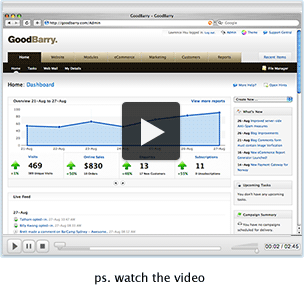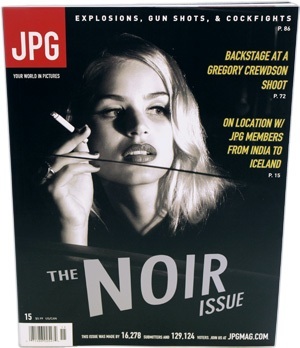Welcome Ken Muraski
Please welcome Ken…
Please welcome Ken…
While reading some of the obits for the late Alton Kelly, I reflected that his work and the work of his peers in San Francisco made use of the same kind of eclectic adaptation and cross-cultural borrowings as the music of the time. The SF Gate story mentions the use of the public library by Kelly and partner Stanley “Mouse” Miller to find inspiration. While the artists were in the libraries, the bands in San Francisco listened to anything and everything; check out this set from radio station KPMX one night in 1967 when it was guest-hosted by two guys named Phil Lesh and Jerry Garcia.
I found a nice selection of what look like all pre-1970 posters here (note that two of the posters are for concerts by the also recently deceased Bo Diddley).
Link Source: How to Make Good Design Decisions by Dan Saffer
So I’m imagining the actors as clients… and their physical orientation as the direction of their opinions… and wondering what I’d do if the elevator were actually a conference room, and I was presenting my opinions… perhaps about a new design. What about you?
Link courtesy of: CenterNetworks
“The difference between the novice and the master is simply that the novice has not learnt, yet, how to do things in such a way that he can afford to make small mistakes. The master knows that the sequence of his actions will always allow him to cover his mistakes a little further down the line. It is this simple but essential knowledge which gives the work of a master carpenter its wonderful, smooth, relaxed, and almost unconcerned simplicity.”
Source: Christopher Alexander on the difference between a fifty-year-old carpenter and a novice
 I haven’t dug too deeply into GoodBerry yet, but I’ve seen enough to make me wonder. Are the “website in a box” solutions that seem to be growing in popularity something to be embraced by the design and development community, or should we continue to promote an ultra-customized, higher budget approach? I have to say that there is something really appealing about the high feature / low cost aspect of solutions like ExpressionEngine, Joomla!, WordPress, GoodBarry, and others.
I haven’t dug too deeply into GoodBerry yet, but I’ve seen enough to make me wonder. Are the “website in a box” solutions that seem to be growing in popularity something to be embraced by the design and development community, or should we continue to promote an ultra-customized, higher budget approach? I have to say that there is something really appealing about the high feature / low cost aspect of solutions like ExpressionEngine, Joomla!, WordPress, GoodBarry, and others.
From the design side, I can always sell a customized interface, but what about the application side? Then again, much like stock photography, what if my client is bent on something from TemplateMonster.com? Does this trend bother you? Either way, how have you chosen to adapt?
“The oxygen of the web is written words.” View the whole thing…

From the AIGA site…
In the mid-1980s two names changed graphic design: Macintosh and Tibor. The former needs no introduction. Nor, with various books and articles by and about him, does the latter. Tibor Kalman, who died on May 2, 1999, after a long, courageous battle with non-Hodgkin’s lymphoma, was one of the few graphic designers whose accomplishments were legend within the field and widely known outside as well. Tibor may not be as influential on the daily practice of graphic design as the Mac, but his sway over how designers think — indeed, how they define their roles in culture and society — is indisputable. For a decade he was the design profession’s moral compass and its most fervent provocateur.
 This was news to me until this morning. Here’s a bit from their “About” page.
This was news to me until this morning. Here’s a bit from their “About” page.
JPG Magazine is for people who love imagemaking without attitude. It’s about the kind of photography you get when you love the moment more than the camera. It’s for photographers who, like us, have found themselves online, sharing their work, and would like to see that work in print.
JPG is a magazine. It’s published 6 times a year by 8020 Publishing and distributed nationally. You can pick up a subscription or find it in US bookstores like Borders and Barnes and Noble. Everything in the magazine comes from you!
JPG is a website. Here any photographer can join and upload photos and stories to their member page. You can also submit your work for consideration in the magazine.
JPG is a community. JPG exists because of, and exclusively for, photographers like you. Without you, we’re nothing.
Please welcome Daniel…